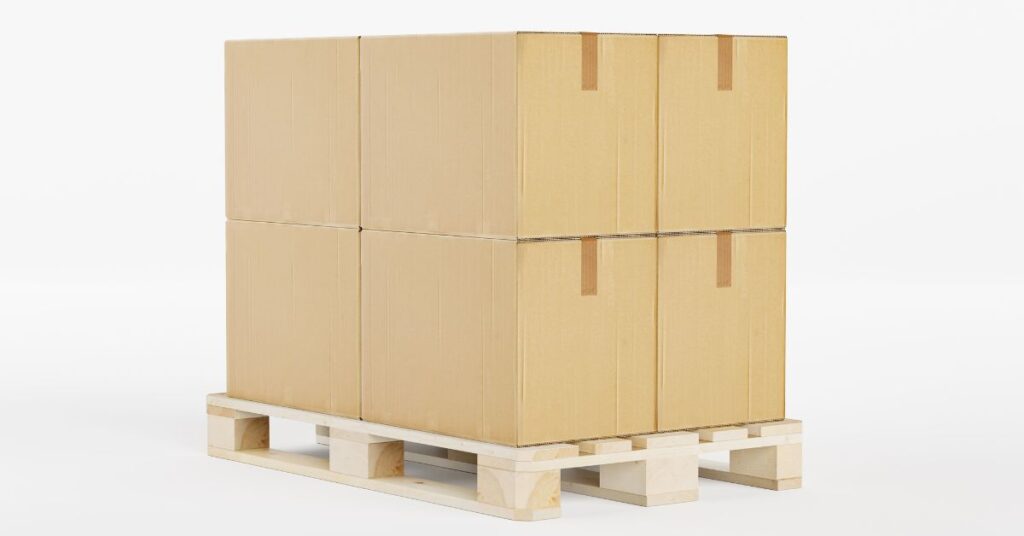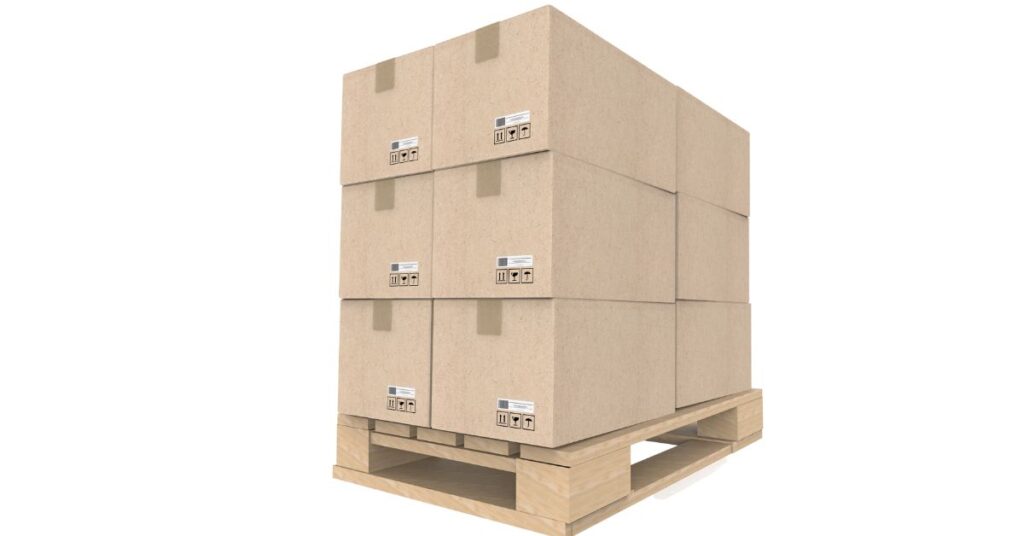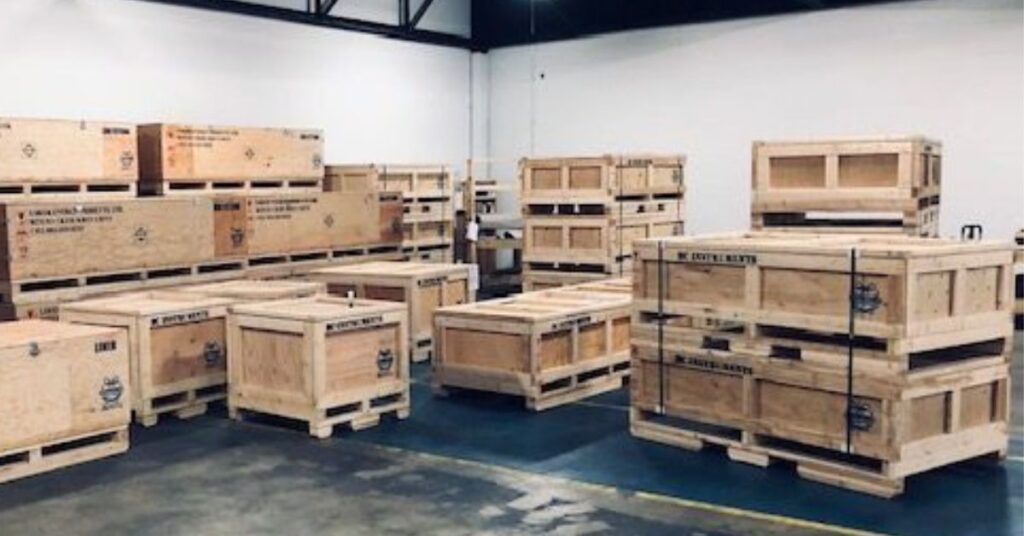The aerospace industry operates on precision, efficiency, and utmost safety. Every component used in aircraft manufacturing, from small bolts to complex systems, must meet strict quality standards and endure rigorous testing. Among the critical aspects of ensuring the integrity of aerospace parts is packaging. In this article, we will explore why packaging plays a vital role in securing sensitive aerospace parts, safeguarding them during transportation, storage, and handling.
Protecting Against Physical Damage

The Fragility of Aerospace Parts
Aerospace parts, such as avionics, turbines, and hydraulic systems, are often intricate and delicate. They require protection against physical damage that can occur during transit or handling. Even minor shocks or vibrations can compromise their integrity, leading to costly repairs or, in worst-case scenarios, catastrophic failures during flight.
Packaging Solutions: Shock Absorption and Cushioning
To mitigate the risk of physical damage, packaging solutions for aerospace parts focus on shock absorption and cushioning. Specialized materials, like foam inserts or custom-designed packaging, help absorb impacts, protecting the delicate components. These solutions act as a buffer, ensuring that the parts remain unharmed even in high-stress situations.
Maintaining Environmental Stability
Sensitivity to Environmental Factors
Aerospace components are sometimes particularly vulnerable to things like temperature, humidity, and moisture. Fluctuations or deviations from optimal conditions can lead to corrosion, oxidation, or degradation of the materials used in these parts.
Packaging Solutions: Climate Control and Barrier Protection
Packaging designed for aerospace parts includes features that maintain environmental stability. Climate-controlled packaging systems regulate temperature and humidity levels, creating a controlled atmosphere. Additionally, barrier protection, such as moisture-resistant coatings or vacuum-sealed packaging, prevents moisture ingress, preserving the integrity of the parts.
Mitigating Electrostatic Discharge (ESD) Risks

ESD Hazards in Aerospace Components
Electrostatic discharge poses a significant risk to sensitive electronic components used in aerospace parts. ESD events can occur during handling or transportation, leading to irreversible damage to microchips, sensors, or circuit boards. Safeguarding against ESD is crucial to maintain the reliability and functionality of these components.
Packaging Solutions: ESD-Safe Materials and Design
To mitigate ESD risks, packaging for aerospace parts incorporates ESD-safe materials and design principles. Conductive foams, static shielding bags, and anti-static packaging materials dissipate and neutralize electric charges, preventing ESD incidents. Proper grounding and labeling also ensure that personnel handling the parts are aware of the ESD-sensitive nature of the contents.
Ensuring Traceability and Accountability
The Importance of Traceability in Aerospace Industry
Traceability is paramount in the aerospace industry to ensure accountability, compliance with regulations, and efficient supply chain management. Proper packaging helps maintain the traceability of aerospace parts throughout their lifecycle, from manufacturing to installation.
Packaging Solutions: Barcoding and Unique Identifiers
Packaging solutions incorporate technologies like barcoding and unique identifiers to enable accurate tracking and traceability. Each package can be assigned a unique identifier, allowing for easy identification, inventory management, and verification of part authenticity. This ensures that the right components are used in the right aircraft, enhancing safety and regulatory compliance.
Facilitating Efficient Handling and Transportation
Optimizing Handling Processes
Efficient handling and transportation of aerospace parts are essential for maintaining supply chain efficiency. Proper packaging solutions not only protect the parts but also facilitate streamlined handling and logistics processes, reducing the risk of errors and delays.
Packaging Solutions: Customization and Ergonomics
Packaging tailored to the specific dimensions and requirements of aerospace parts enables efficient handling. Customized packaging eliminates wasted space, reduces movement, and ensures a secure fit. Ergonomic features like handles, labels, and instructions enhance ease of handling and minimize the chances of mishandling or misplacement.
Meeting Regulatory Compliance

Regulatory Requirements in Aerospace Industry
When it comes to safety and quality, the aircraft industry is one of the most strictly governed in the world. Packaging for aerospace parts must comply with these regulations, meeting specific criteria for materials, labeling, documentation, and safety.
Packaging Solutions: Compliance with Standards
Packaging manufacturers in the aerospace industry adhere to regulatory standards and guidelines. They develop packaging solutions that meet the specific requirements of aviation authorities and regulatory bodies. Compliance ensures that the packaging provides the necessary protection, traceability, and documentation needed for aerospace parts.
Streamlining Inventory Management and Warehousing
Importance of Effective Inventory Management
Efficient inventory management is crucial in the aerospace industry to minimize costs, optimize space utilization, and ensure timely availability of parts. Proper packaging solutions play a significant role in streamlining inventory management and warehousing processes.
Packaging Solutions: Organization and Space Optimization
Packaging designed for aerospace parts incorporates features that promote organization and space optimization in warehouses. Customized packaging with standardized dimensions allows for easy stacking, maximizing vertical space. Clear labeling and identification systems enable quick retrieval and accurate inventory management, reducing the chances of errors and delays.
Enhancing Brand Image and Customer Satisfaction

The Impact of Packaging on Brand Perception
Packaging serves as the face of a brand and significantly influences how customers perceive the quality and reliability of aerospace parts. Well-designed packaging can enhance brand image and customer satisfaction, leaving a positive impression.
Packaging Solutions: Aesthetics and Branding
Aerospace component packaging that takes aesthetics and branding into account projects an image of professionalism. Attention to detail in packaging design, including logos, colors, and branding messages, helps establish brand recognition and instills confidence in customers. High-quality packaging materials and finishes reflect the commitment to excellence, reinforcing the brand’s reputation for delivering superior products.
Packaging is an integral part of securing sensitive aerospace parts. It protects against physical damage, maintains environmental stability, mitigates ESD risks, ensures traceability, facilitates efficient handling and transportation, and meets regulatory compliance. By investing in advanced packaging solutions tailored to the unique needs of aerospace components, manufacturers and suppliers can safeguard the integrity and reliability of these crucial parts, ultimately contributing to the safety and efficiency of the aerospace industry as a whole.




